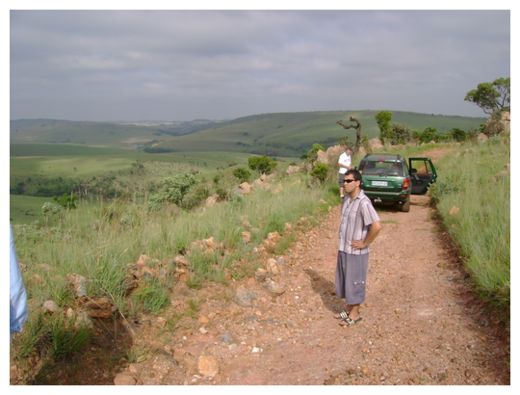
© AP Photo/Museo Paleontologico de CalderaIn this Aug. 11, 2010 photo released by Chile's Paleontological Museum of Caldera, a paleontologist from the museum prepares a whale fossil at the site where many prehistoric whale fossils were discovered in the Atacama desert near Copiapo, Chile. The fossil is enclosed in a plaster jacket to protect it during transport back to the museum.
More than 2 million years ago, scores of whales congregating off the Pacific Coast of South America mysteriously met their end.
Maybe they became disoriented and beached themselves. Maybe they were trapped in a lagoon by a landslide or a storm. Maybe they died there over a period of a few millennia. But somehow, they ended up right next to one another, many just meters (yards) apart, entombed as the shallow sea floor was driven upward by geological forces and transformed into the driest place on the planet.
Today, they have emerged again atop a desert hill more than a kilometer (half a mile) from the surf, where researchers have begun to unearth one of the world's best-preserved graveyards of prehistoric whales.
Chilean scientists together with researchers from the Smithsonian Institution are studying how these whales, many of the them the size of buses, wound up in the same corner of the Atacama Desert.
"That's the top question," said Mario Suarez, director of the Paleontological Museum in the nearby town of Caldera, about 700 kilometers (440 miles) north of Santiago, the Chilean capital.
Experts say other groups of prehistoric whales have been found together in Peru and Egypt, but the Chilean fossils stand out for their staggering number and beautifully preserved bones. More than 75 whales have been discovered so far - including more than 20 perfectly intact skeletons.



